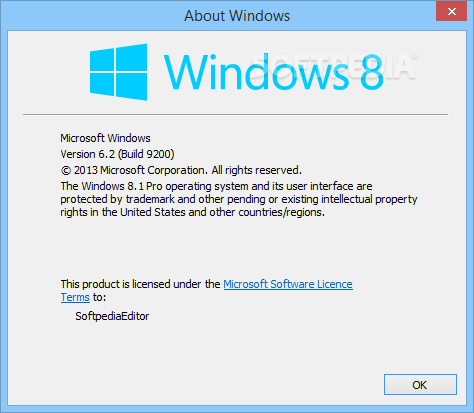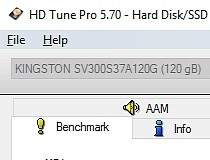

Remember that you’re looking for settings related to your laptop’s fan. Use the arrow keys on your keyboard to navigate around until you find the right page of settings. From here you need to look for the configuration settings for your laptop. Your laptop manufacturer will advise you on which function or other keys you need to press at boot up. If your laptop is already on and you have Windows displayed then you’ll need to restart.

To do this you’ll need to press a function key like F2 or F10 at boot up. OK, so the first thing you need to do is to enter your laptop’s BIOS program as it’s booting up. If you’re worried about using the BIOS then get some help with this. While it’s true that you can mess a lot of things up by poking around in your laptop’s BIOS settings and changing things that you do not understand I’m not asking you to do that. Now I don’t want you to go into panic mode here.

There are a number of settings that you can change in the BIOS program of your laptop and usually, there is some degree of fan control available. Use the BIOS Program in your Laptop to Control the Fan SpeedĮvery laptop uses a basic input output system BIOS when it starts up and this program will check your laptop and its various settings to ensure that it’s ready for use. Top 3 Ways to Control the Fan Speed on Your Laptop 1. I’ve changed my startup options for my laptop so that only the most essential applications open and it does not get so hot now.

Are there a lot?ĭo you really need all of these applications to open on boot up? When you get right down to it you probably don’t. Take a look at the number of applications that start up when you boot up your laptop. A lot of applications run processes in the background that eat up system resources and put more pressure on the processor. Give your laptop a break here by closing any applications that you have open but are not using.


 0 kommentar(er)
0 kommentar(er)
